I'm using TLF to lay out a dictionary entry. It's working fairly well, but I need finer grained control of layout than I'm able to achieve through setting style properties on FlowElements, primarily for horizontal spacing and setting padding on SpanElements independently of their parents.
The solution that seems most promising is separating the various elements of the entry into separate containers and flowing the text through them by progressively adding new containers and ContainerControllers for each new element with size set to their content bounds so that the text will flow into each new container.
This ALMOST works, but the text will only flow correctly into the next container if an extra line break is inserted between the two sections of text that should go to different containers. Without the line break, the containers are sized correctly, but no text displays.
In these examples I've added borders to the container sprites so you can see where they're being drawn. Aside from the line break, the text is exactly the same. The syllable field is a SpanElement inside a ParagraphElement. The pronunciation label and text are separate SpanElements inside another ParagraphElement.
Without line break:

With line break between 'rab-bit' and 'Sounds Like:':

With line break AFTER 'rae biht' (line break beforehand has no effect):

As you can see, the pronunciation doesn't show unless a line break is added after the text, but the alignment is then off. No combination of line breaks seems to align them correctly.
Any ideas? Are these bugs in TLF? Should I try a different method? I would really like to have all the text selectable as one unit, and I love the better rendering and control that TLF offers, but I also need the layout flexibility. I suppose it's possible that I could hack something together like this with line breaks and positioning offsets, but it certainly wouldn't be pretty (or maintainable). Thanks for reading.